OFFICE ADDRESS:
6247 Jarvis Ave
Newark, CA 94560

You may think your eyes are healthy, but visiting an eye care professional for a comprehensive dilated eye exam is the only way to really be sure. During the exam, each eye is closely inspected for signs of common vision problems and eye diseases, many of which have no early warning signs. Annual comprehensive dilated eye exams are generally recommended starting at age 60. However, African Americans are advised to start having comprehensive dilated eye exams starting at age 40 because of their higher risk of glaucoma. It’s also especially important for people with diabetes to have a comprehensive dilated exam at least once a year.
In a person with diabetic retinopathy, the most common diabetic eye disease and a leading cause of blindness in the United States, the exam may show swelling or leaking of blood vessels in the retina, the light-sensitive layers of tissue at the back of the eye. The eye care professional may also see abnormal growth of blood vessels in the retina associated with diabetic retinopathy.
In age-related macular degeneration (AMD), a common cause of vision loss and blindness in people over the age of 50, the exam may show yellow deposits called drusen or clumps of pigment beneath the retina. In some cases, the exam may also show abnormal growth of blood vessels beneath the retina. These AMD-related changes tend to cause deterioration of a small area of the retina called the macula, which is needed for sharp, central vision.
A comprehensive dilated eye exam is also critical for detecting glaucoma, a disease that damages the optic nerve, which carries information from the eyes to the brain. In a person with glaucoma, the dilated exam may show changes in the shape and color of the optic nerve fibers. The exam may also show excessive cupping of the optic disc, the place where the optic nerve fibers exit the eye and enter the brain.
Schedule your dilated eye exam with one of our eye doctors today and get a spring on your summer vision.









